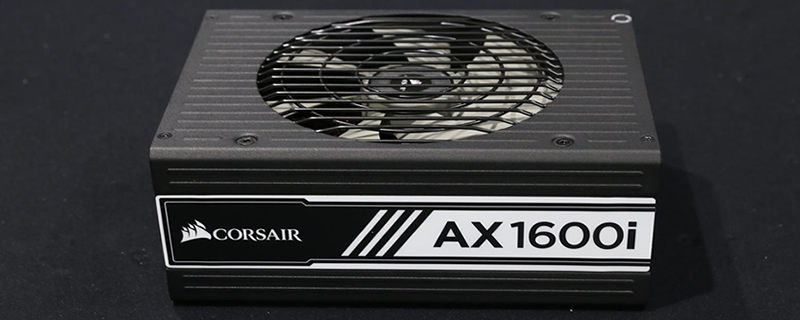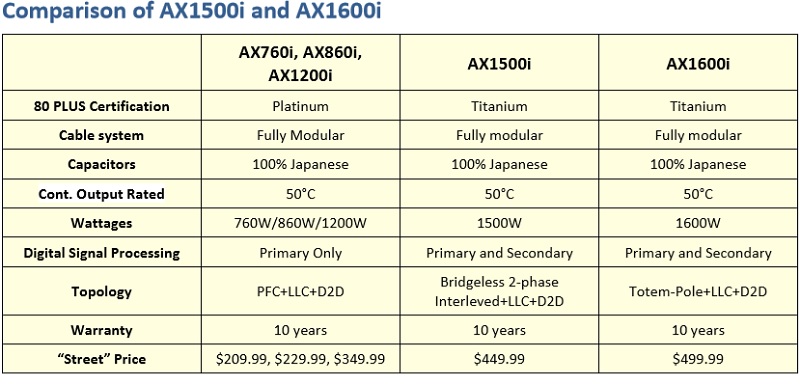Corsair AX1600i PSU Review
Introduction
Over the past number of years, the world of consumer power supplies has seen little in the way of innovation, the average power consumption of systems was lowering and high-wattage units were slowly becoming unnecessary for the majority of consumer systems.
This all changed with the introduction of Threadripper and Intel’s Skylake-X series of processors, delivering users with more powerful and power hungry CPUs than were are typically used to. The recent mining boom has also made multi-GPU systems and even multi-PSU systems increasingly common, creating the need for more efficient power supplies with increased wattage capacities, creating a new target for the industry’s top engineers to aim towards.Â
To meet the needs of the ultra-high-end consumer market they needed a new extreme-end power supply, forcing Corsair to move away from traditional materials to create one their highest wattage PSU to date. Meet the Corsair AX1600i Digital Power Supply.Â
Â
Specifications
Material science has always been at the forefront of engineering innovation, with some of the greatest technological advancements coming from the use of new or innovative materials. Examples of this can be seen from the creation of mass producible steel or plastics but also in the PC space from the movement from vacuum tubes to silicon, with one of today’s greatest challenges being how today’s computer chips can move beyond Silicon.Â
Corsair has taken a brave leap forward by moving from Silicon-based FETs to Gallium Nitride, not only allowing the AX1600i to be 20mm shorter than their older AX1500i but also offer greater levels of efficiency under load. It will be interesting to see if this material change will also make it into other future PSU models from Corsair moving forward.Â
One great thing to see here is the price increase of just $50 when moving from the AX1500i to the AX1600i, which seems to indicate that the move to Gallium Nitride isn’t an overly expensive one.Â
   SILICON? SO 21ST CENTURY. WE’RE ON TO GALLIUM NITRIDE.
Originally, silicon was the ideal material for transistors because of its electrical properties and low cost compared to the old vacuum tube. But just as Moore’s Law predicted, there is a need to double the transistor’s performance while lowering costs. As the need for better performance increases, the ability for silicon to deliver is reaching the end of the road. The switch from silicon to Gallium Nitride (GaN) solves this problem as Gallium Nitride has lower resistance and faster switching, resulting in less switching losses, less capacitance and 40% more power density than silicon counterparts.
HOW CORSAIR USES GaN.
The circuit in a modern PSU that generates the most heat is the PFC circuit, especially at lower mains voltages. CORSAIR’s new AX1600i 1600W power supply uses a bridgeless totem-pole PFC circuit utilizing GaN power FETs from Transphorm. This is quite an improvement over AX1500i’s already advanced bridgeless, 2-phase interleaved PFC circuit. While the AX1500i’s interleaved PFC is around 93% efficient, the Transphorm GaN totem-pole PFC is 99% efficient AND takes up less space on the PCB. When you need an edge, nothing’s better than cold, hard Gallium Nitride (GaN). By replacing standard silicon transistors with cutting-edge Totem-pole PFC GaN models, we were able to crank up the efficiency, boost heat dissipation, and improve overall reliability of the AX1600i all while shrinking it 20mm in length from the AX1500i’s size, despite being able to output 100W more power.Â





